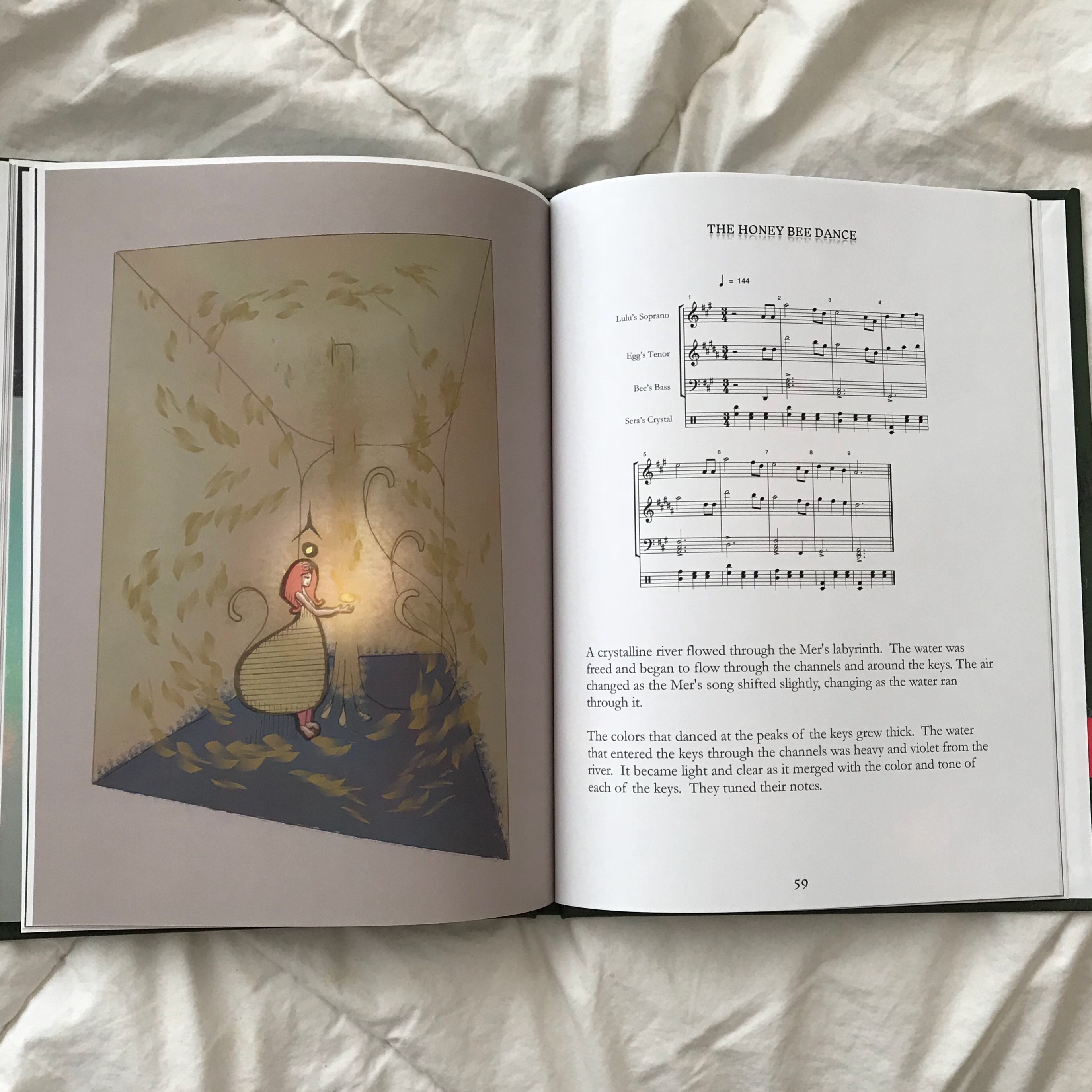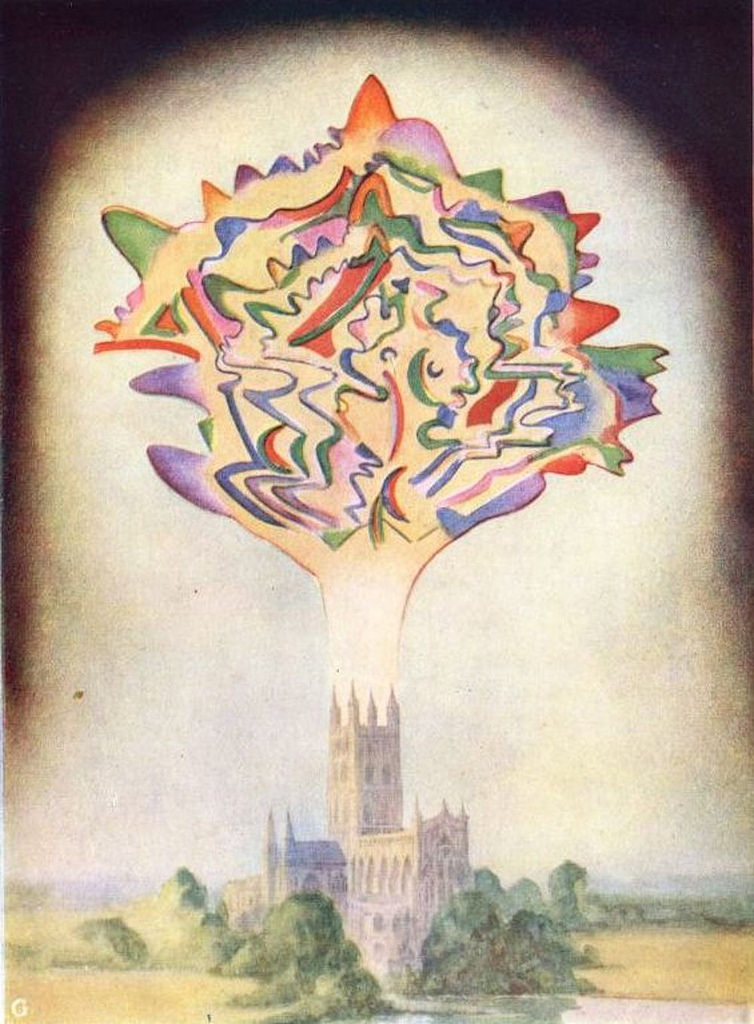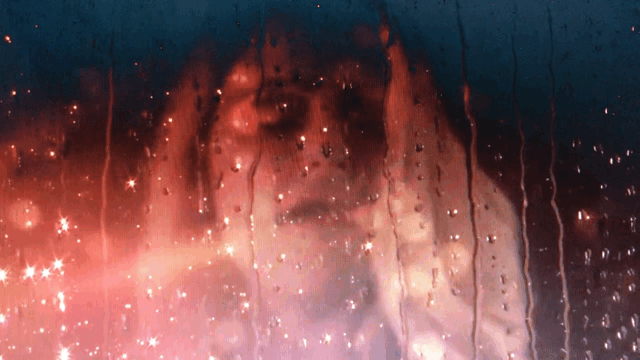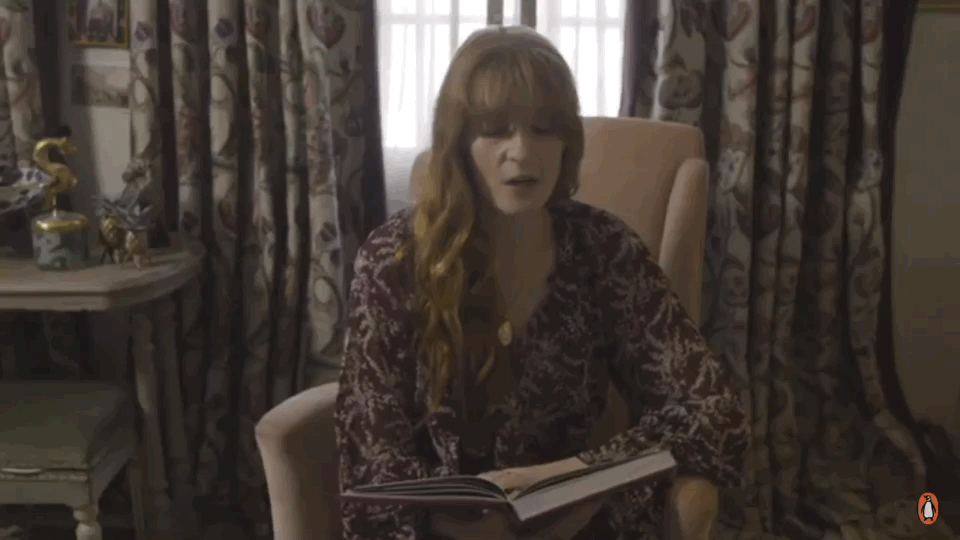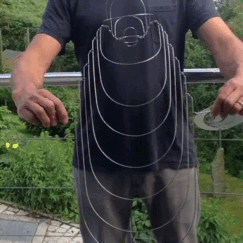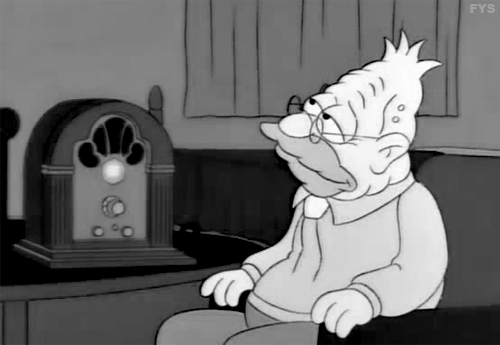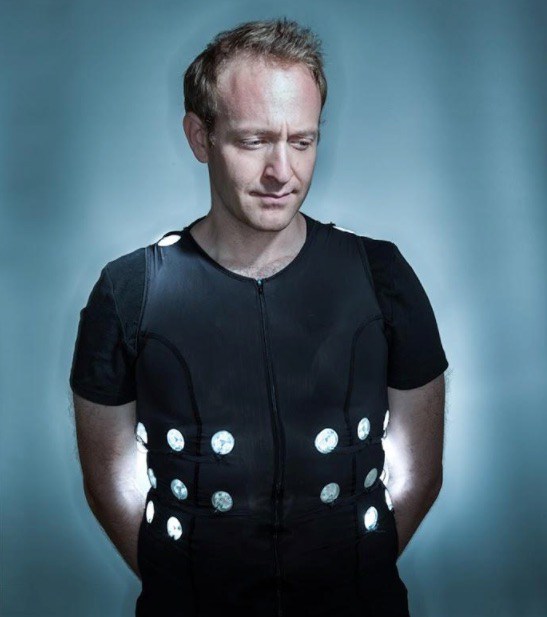Today, I celebrate two years since I published my first book. The title came from a passing comment my daughter, Ansley, made to me as we were lying beside one another, trying to fall asleep on a rainy spring night in 2016. She said to me, “Mommy, how do I stay awake?” I said to her, “are you sure that’s what you want to do?” She nodded her tired little head and snuggled it into my arm. I explain, “Well […]
How “THOUGHT-FORMS” (1901) bridged synesthesia and mysticism, calendar synaesthetes map time in space, and a light sculpture that plays like a trigger instrument
“Thought-Forms, a strange, beguiling, frequently pretentious, utterly original book first published in 1901, emerged from this ferment of late-Victorian mysticism. It was written by Annie Besant and Charles Leadbeater, erstwhile members of the London Theosophical Society alongside Yeats, and it features a stunning sequence of images that illustrate the book’s central argument: emotions, sounds, ideas and events manifest as visual auras.” — Benjamin Breen, Victorian Occultism and the Art of Synesthesia Contents Selected Reads Sensory Entrancement Sensory Resources Chuckles + […]
Music duo Polychrome multi-tracked vocals in ‘Synesthesia’, a literacy specialist shares her sensory-friendly reading log, and hypnotic laser engraving
“Unlike most reading logs, there are no requirements on the type of book to read. Readers don’t have to keep track of time or write down the book title. The only requirement? To read — anything! There is a list of interesting and fun reading opportunities, and kids check them off as they are completed. For instance, kids can read a comic book or a newspaper article, read in the bathtub or listen to an audiobook, read to a family […]
Florence Welch shares poetry in her book Useless Magic, a mind-bending sensory reading list from Tom Parks, and humans can detect quantum photons
“Welch’s mother is a professor of Renaissance studies at King’s College London who worried about her daughter skipping university to focus on her musical career, lamenting “what a waste of a brain!” Both the lyrics and the poetry in Useless Magic validate Welch’s choice, offering a chance to appreciate on the bare stage of the blank page the fineness of her words. And like fellow poet-musician Nick Cave (thanked for “inspiration and encouragement” here), Welch has found a way for the song and the voice of the rabbit-hearted girl to coexist. As she says herself: “you can have everything.”
Spoken word poet Saul Williams gathers to the ancient, formal ASMR research studies begin, and Koko the signing gorilla dies at 46
“According to Williams, however, the recent attention given to spoken word as a distinct genre within the arts is more a return to something that has deep and rich roots in our society: “The resurgence of poetry is cyclical and perpetual. It’s always engaged a new generation of youth who have brought it back to the forefront of culture and put new terms on it, whether it’s beat poetry, bebop poetry, slam poetry – there’s always been these resurgences. But it’s ancient.”
Music can lift layers of confusion, dancers’ brains react more quickly to it than professional musicians, and empaths process it differently
“Turns out that ASMR is pretty special. According to a recently published study in The Journal of Prevention of Alzheimer’s Disease (catchy name!), the part of your brain responsible for ASMR doesn’t get lost to Alzheimer’s. Alzheimer’s tends to put people into layers of confusion, and the study confirms that music can sometimes actually lift people out of the Alzheimer’s haze and bring them back to (at least a semblance of) normality… if only for a short while. ASMR is powerful stuff!”
Artist duo Semiconductor makes the invisible visible, Justyna Kopania stops time in her textured paintings, and photographer Dylan Hausthor tells a story questioning manic visual memory
“You have expressed an interest in capturing ‘the quick passage of time.’ How do you evoke this concept in your paintings?
Time…Man is looking at time constantly. He looks at the clock, he lives from hour to hour. It scares me. That’s why I try to capture time in my paintings. Stop time, a snippet of a second. I’m painting fast, I’m racing against time. A surreal challenge.
The concept of time irritates me. Man was born and has only a certain amount of time. That is life, unfortunately. This is reality. I have a big imagination. Sometimes I think it’s too big. I sometimes stop the time in my imagination. And I feel totally free, like I was the ocean. And this feeling I paint on the canvas.”
Neuroscientist creates a sensory vest, Prometheus rises again in Westworld S2, and the precision factor in poetry and math
“Stanford neuroscientist David Eagleman invented the Versatile Extra-Sensory Transducer (VEST), a wearable tactile display that translates myriad kinds of information, from speech to sounds to digital data, into patterns of vibrations on the skin. The device was inspired by Eagleman’s study of synesthesia, the fascinating neurological phenomenon whereby stimulation of one sense involuntarily triggers another sensory pathway.”

